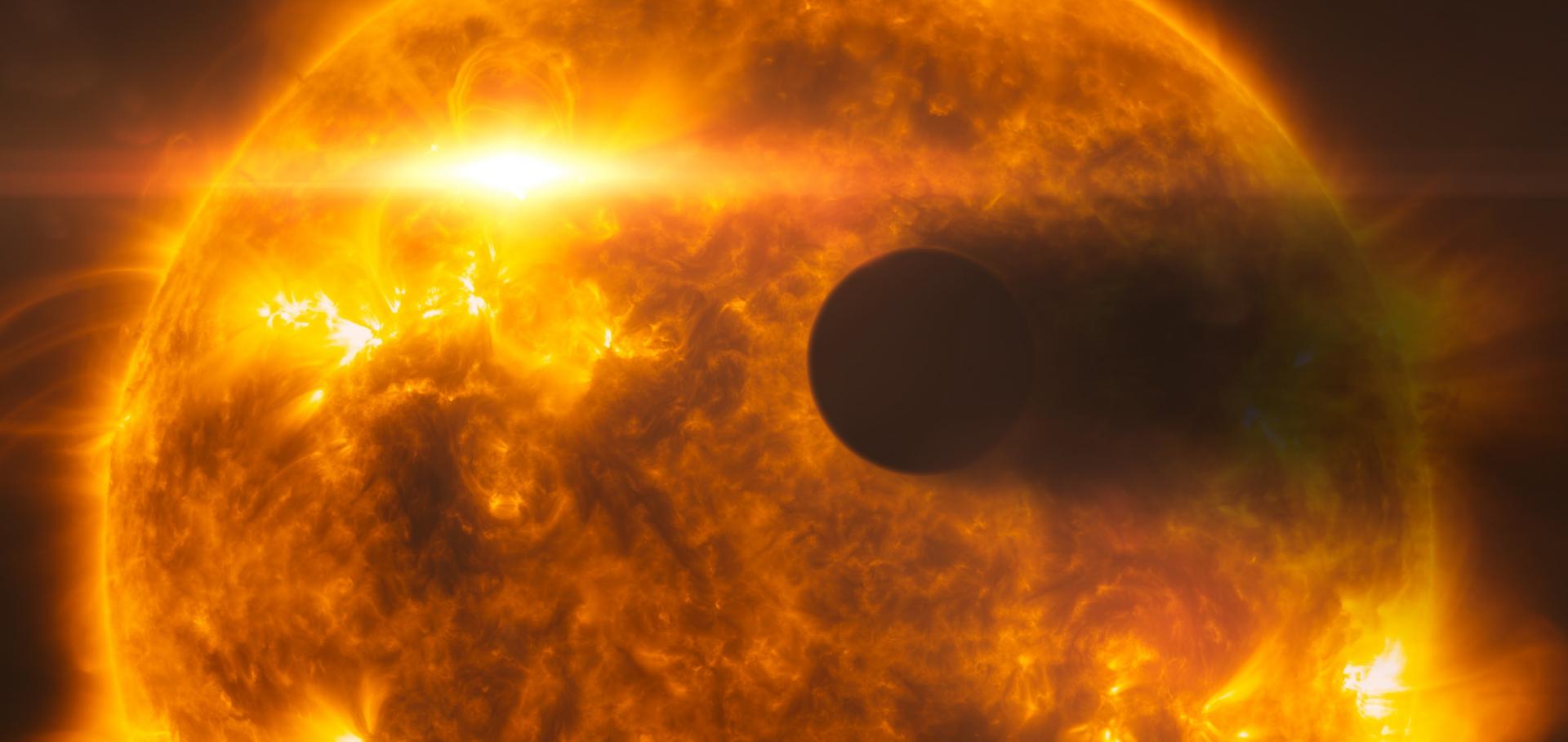A consistent retrieval analysis of 10 hot Jupiters observed in transmission
Astrophysical Journal American Astronomical Society 834:1 (2017) 50
Abstract:
We present a consistent optimal estimation retrieval analysis of 10 hot Jupiter exoplanets, each with transmission spectral data spanning the visible to near-infrared wavelength range. Using the NEMESIS radiative transfer and retrieval tool, we calculate a range of possible atmospheric states for WASP-6b, WASP-12b, WASP-17b, WASP-19b, WASP-31b, WASP-39b, HD 189733b, HD 209458b, HAT-P-1b, and HAT-P-12b. We find that the spectra of all 10 planets are consistent with the presence of some atmospheric aerosol; WASP-6b, WASP-12b, WASP-17b, WASP-19b, HD 189733b, and HAT-P-12b are all fit best by Rayleigh scattering aerosols, whereas WASP-31b, WASP-39b and HD 209458b are better represented by a gray cloud model. HAT-P-1b has solutions that fall into both categories. WASP-6b, HAT-P-12b, HD 189733b, and WASP-12b must have aerosol extending to low atmospheric pressures (below 0.1 mbar). In general, planets with equilibrium temperatures between 1300 and 1700 K are best represented by deeper, gray cloud layers, whereas cooler or hotter planets are better fit using high Rayleigh scattering aerosol. We find little evidence for the presence of molecular absorbers other than H2O. Retrieval methods can provide a consistent picture across a range of hot Jupiter atmospheres with existing data, and will be a powerful tool for the interpretation of James Webb Space Telescope observations.Exoplanet atmospheres with EChO: spectral retrievals using EChOSim
Chapter in EChO - Exoplanet Characterisation Observatory, Springer Nature (2017) 109-125
CoRoT 223992193: Investigating the variability in a low-mass, pre-main sequence eclipsing binary with evidence of a circumbinary disk
(2016)
ROTATION IN THE PLEIADES WITH K2. III. SPECULATIONS ON ORIGINS AND EVOLUTION
ASTRONOMICAL JOURNAL 152:5 (2016) ARTN 115
ROTATION IN THE PLEIADES WITH K2. II. MULTIPERIOD STARS
ASTRONOMICAL JOURNAL 152:5 (2016) ARTN 114


